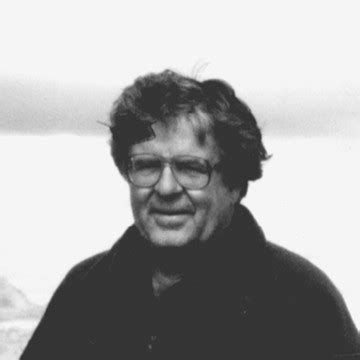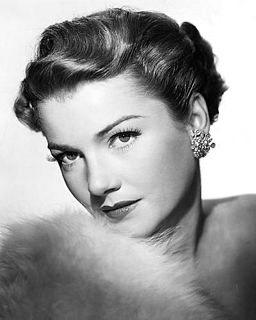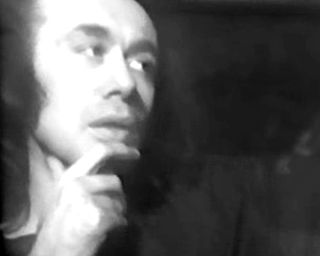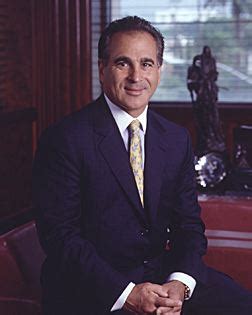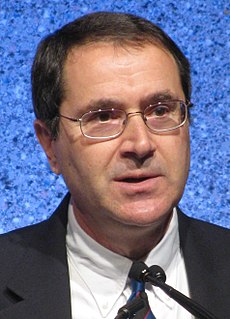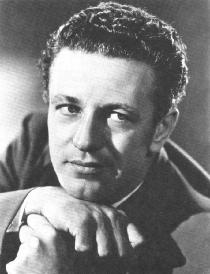A Quote by Ben van Berkel
In the early work of Frank Lloyd Wright - and you can also see it with Mies - they make new ground by raising the ground. Frank Lloyd Wright did it so beautifully with the Robie House. The roof becomes almost a new ground.
Related Quotes
There are hundreds of Frank Lloyd Wright buildings around the United States and in other countries, too. Wright lived into his 90s, and one of his most famous buildings, the Guggenheim Museum in New York, was completed just before his death. Wright buildings look like Wright buildings - that is their paradox.
A visionary company is like a great work of art. Think of Michelangelo's scenes from Genesis on the ceiling of the Sistine Chapel or his statue of David. Think of a great and enduring novel like Huckleberry Finn or Crime and Punishment. Think of Beethoven's Ninth Symphony or Shakespeare's Henry V. Think of a beautifully designed building, like the masterpieces of Frank Lloyd Wright or Ludwig Mies van der Rohe. You can't point to any one single item that makes the whole thing work; it's the entire work-all the pieces working together to create an overall effect-that leads to enduring greatness.
Titian and Rembrandt, Monet and Rodin, Frank Lloyd Wright and Le Corbusier, Mark Twain and Henry James, Robert Frost and Elizabeth Bishop, to name a few. Twain wrote 'Tom Sawyer' at 41 and bettered it with 'Huckleberry Finn' at 50; Wright completed Fallingwater at 72 and worked on the Guggenheim Museum until his death at 91.
If for no other reason, Frank Lloyd Wright would be justly famous for Fallingwater, one of the most extraordinary houses in the world. This biography of a house is also a celebration of the creative minds who envisioned it and provides all the reasons, if any are needed, why Fallingwater should be cherished as a national monument. Franklin Toker has performed an invaluable service.




